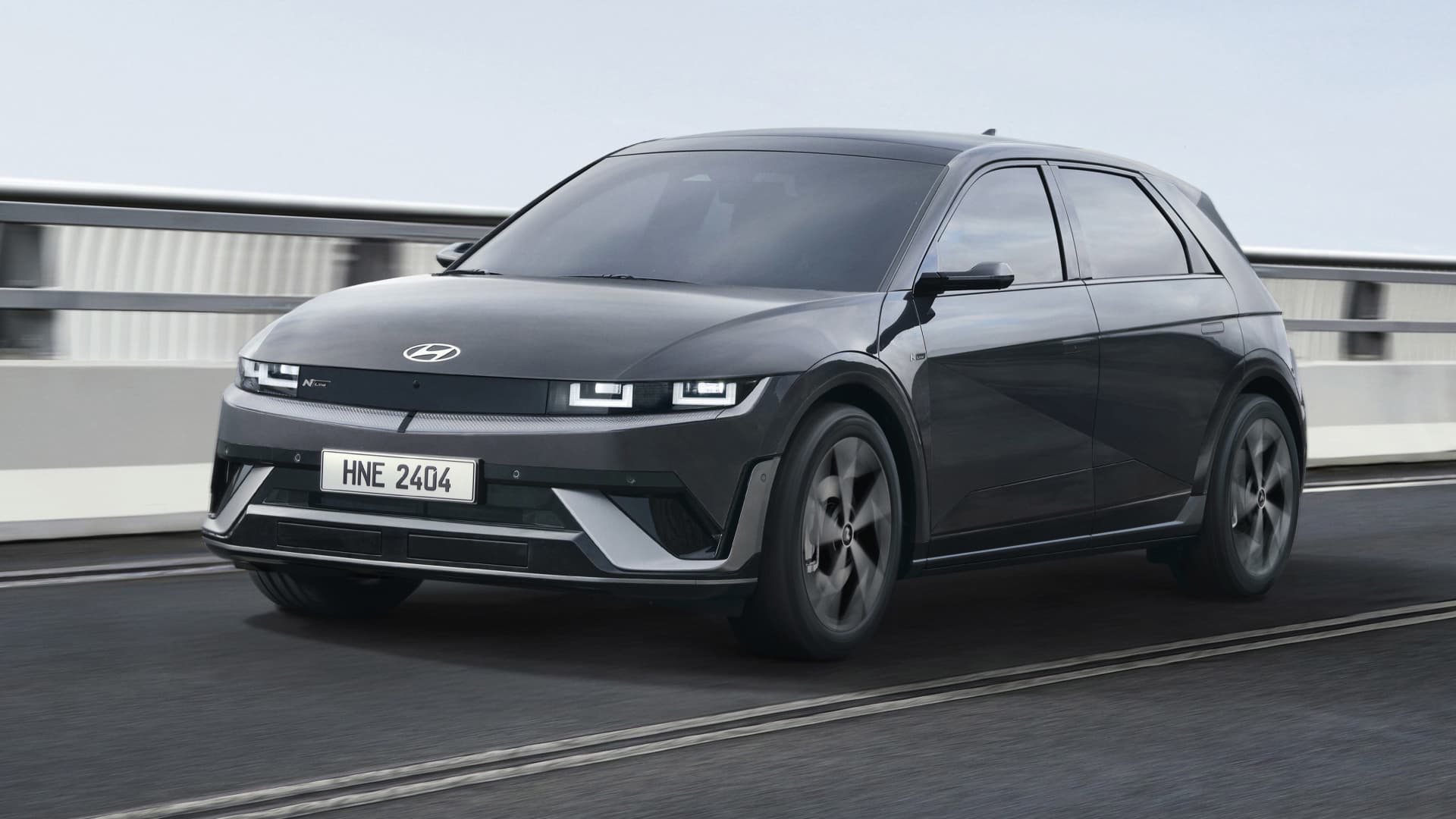Hyundai’s senior VP for product planning, Olabisi Boyle, has expressed confidence in the company’s strategy for future vehicles, despite the recently announced EPA emissions regulations described as the most aggressive ever imposed in the country. Boyle stated that Hyundai is content with its mix of electric, plug-in hybrid, and internal combustion vehicles for the American market, emphasizing a “dual-pronged” approach that offers a “diversity of offerings” for all consumers.
The EPA’s new regulations aim for a nearly 50 percent decrease in fleet-wide CO2 emissions for passenger vehicles by 2032, with an expectation that 30 to 56 percent of vehicles will need to be electric to meet these standards. Hyundai’s plan aligns with these goals, targeting 45 to 55 percent of its new vehicles to be electric by 2030, according to Boyle.
While Hyundai’s long-term vision is to have an all-electric lineup eventually, the company recognizes the continued importance of hybrids and internal combustion vehicles in the near term. Boyle emphasized the strategic placement of plug-in hybrids and hybrids, such as offering the plug-in hybrid powertrain in the Tucson to focus on higher volume segments and offer it at a lower price point.
Hyundai’s EV lineup is also expanding, with the upcoming Ioniq 7 (now renamed the Ioniq 9) set to join the Ioniq 5 and 6. This larger SUV, based on the same platform as the Kia EV9, will provide families needing three rows of seats with an electric option.
Boyle emphasized the importance of meeting both EPA requirements and customer needs, stating, “That means having a diversity of offerings, including more fuel-efficient ICE vehicles, hybrids, and PHEVs.” Despite the challenges posed by the EPA regulations, Hyundai remains committed to its strategy, confident that its plan developed three to four years ago will help it stay in compliance while meeting customer demands.

